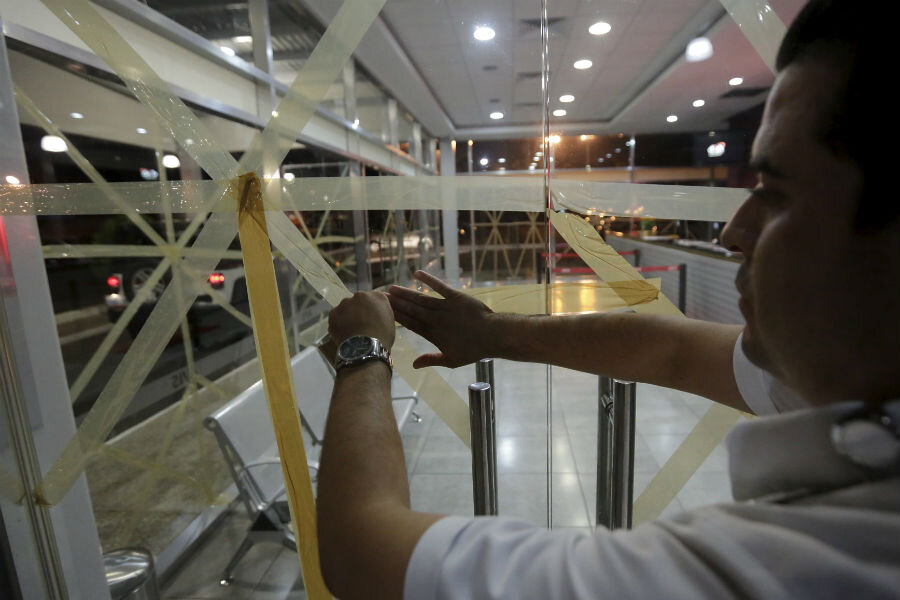Mexico braces for Hurricane Patricia, now strongest hurricane on record
Loading...
Mexico is scrambling to keep people safe as it waits for the landfall of Hurricane Patricia, now an ‘extremely dangerous’ Category 5 storm and the strongest ever recorded in the Western Hemisphere, experts say.
Hurricane Patricia strengthened to unprecedented levels shortly after midnight on Friday, with maximum sustained winds of nearly 200 mph, according to The Weather Channel.
It is the strongest storm ever recorded in the eastern Pacific or in the Atlantic, Dave Roberts, a hurricane specialist at the US National Hurricane Center, told The Associated Press.
To put things into perspective, experts are comparing the storm's power to that of Typhoon Haiyan, the devastating storm that killed more than 7,300 people in the Philippines two years ago.
Mexico has declared a state of emergency for the dozens of municipalities expected to bear the brunt of the storm, which will “move onshore Friday night in the Mexican state of Jalisco, which includes the popular coastal resort city of Puerto Vallarta as well as the inland metropolis of Guadalajara, Mexico's second-largest city,” The Weather Channel reports.
Experts say Patricia could cause coastal flooding, massive waves, and flash floods.
In the Mexican coastal state of Colima, schools were closed on Friday and officials passed out sandbags to help residents protect their homes from flooding. Residents across southwestern Mexico are taping up their homes and rushing to buy non-perishable food items and other supplies, according to the AP.
“This is an extremely dangerous, potentially catastrophic hurricane," Hurricane Center meteorologist Dennis Feltgen told the AP.
After it makes landfall, the storm is expected to extend its reach into Texas. Forecast models show that the remaining tropical moisture should add to the heavy rainfall already inundating the Lone Star State outside of Hurricane Patricia, Mr. Feltgen said.
"It's only going to make a bad situation worse," he added.
The National Hurricane Center anticipates Patricia will deliver six to 12 inches of rain, with up to 20 inches in some locations. That’s bad news for those in the Mexican city of Manzanillo, which “ends up like an island” when it experiences flooding, said one resident, Alejandra Rodriguez.
The Vallarta Yacht Club posted on its Facebook page Thursday morning cautioning its members to begin preparing for the hurricane.
“If there are things you need to do to protect your family, your home or your boat, TODAY IS THE DAY,” it wrote. “You might want to postpone that spa appointment.”
This report contains material from The Associated Press.








